Suresvara's Vartika on Jyotis Brahmana
Synopsis
The Brhadaranyaka is the biggest and most important one among principal Upanisads and contains numerous discussions of teachers, pupils, questioners and others. It is marked by philosophical speculations not opposed to but in conformity with a vigorous performance of rituals. The Brhadaranyaka reveals to us the towering personality of the great Upanisadic thinker Yajnavalkya who affirmed neti neti, i.e. indescribability of the Brahman, the ultimate truth. It is on this basis that Sankara built up his theory of non-dualistic Vedanta. Consequently, the Bhasya of Sankara on this Upanisad has assumed a very great significance in Vedantic literature. Next to his Bhasya on the Brahmasutra nay almost on a par with it--his Bhasya on this Upanisad is a vivid picture of the (almost aggressively) vigorous philosophical acumen of the great philosopher. And this is more pronouncingly felt in his references to and the refutations of the arguments of the followers of other systems of Indian philosophy, for they were unavoidable for him while he clarified (in his way—on the non-dualistic way) the thought of the Upanisad from which he was distant at least by a period of about 1000 years and since there had intervened between him and the Upanisad a number of thinkers of various systems. Yet, since he had set himself to the task of commenting on the Upanisad, he inevitably became somewhat brief, leaving quite a lot of disputations unclear (for his contemporaries). This gave his pupil Suresvara a scope for clarifying his Guru’s thought in its fullness and he wrote the Brhadaranyakopanisadbhasyavartika. The last member of the compound-name, vartika, refers to Suresvara’s discussion of ukta, anukta and durukta portions in Sankara’s writing. Suresvara has underlined every small detail in the varied arguments in the Bhasya on the Upanisad and clarified the same with characteristic skill. It is noticed that Suresvara is familiar with minute details of different philosophical systems—Nyaya and Mimamsa, in particular and therefore he has in a way shaped the Tika of Anandagiri, the most read commentator of Sankara’s works, thus throwing abundant light on the vigorous philosophical acitivity of the times which preceded his teacher Sankara and himself. A special mention has to be made here of Suresvara’s detailed discussions of the views of Bhartrprapanca, a predecessor or a senior contemporary of Sankara. It may become possible for us, now, to set up a somewhat understandable scheme of Bhartrprapanca’s philosophy on the basis of these. Another significant contribution of Suresvara deserves special notice. His discussions about the interpretation of Vedantic passage (implying Mimamsa) and various means of understanding/knowledge (implying Pramanavyavahara or Nyaya) in relation to the Vedantic logic indeed deserve in-depth studies for purposes of clarifying the method of non-dualistic Vedanta. The Vartika of Suresvara on the Brhadaranyakopanisad is truly his magnum opus and needed to be translated in full. I feel happy that Prof. K.P. Jog and his worthy pupil Dr. Shoun Hino have undertaken this important task. I have gone through the earlier parts of this work and find that they have well attempted to secure a satisfactory translation. This translation, I cannot forget to add, is accompanied by some brief annotation on the same. For this work Dr. Hino was awarded the 1991 Eastern Study Prize by the Eastern Institute, Inc. at the Indian Embassy in Tokyo.
Read more
38.70
34.83
$
43.00 $
Free delivery Wolrdwidе in 10-18 days
Ships in 1-2 days from New Delhi
Membership for 1 Year $35.00
Get it now and save 10%
Get it now and save 10%
BECOME A MEMBER

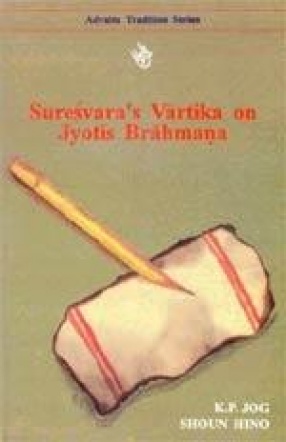
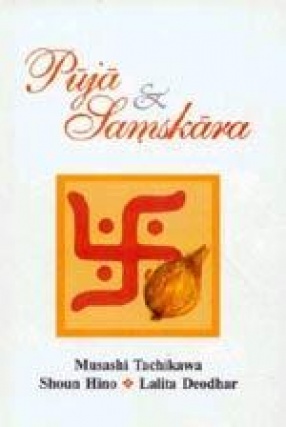

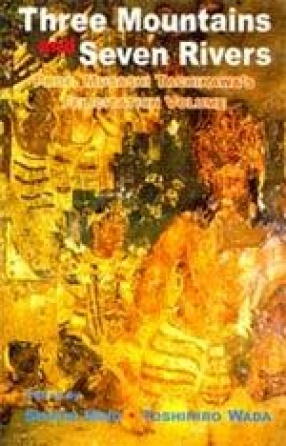
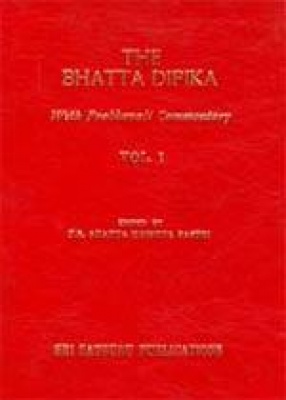

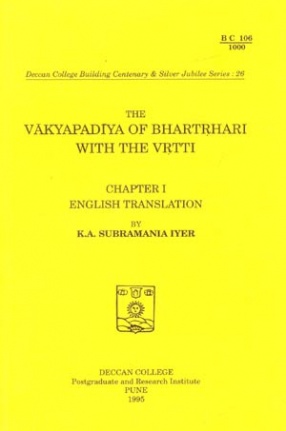
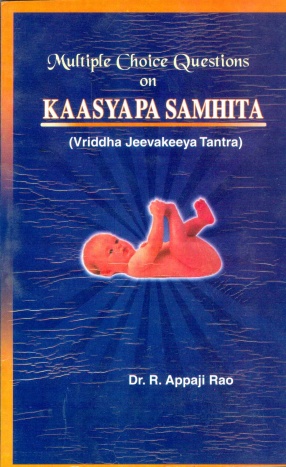

Bibliographic information
Shoun Hino